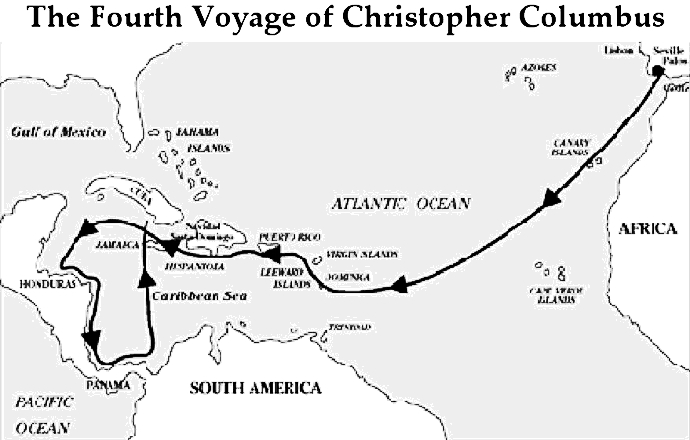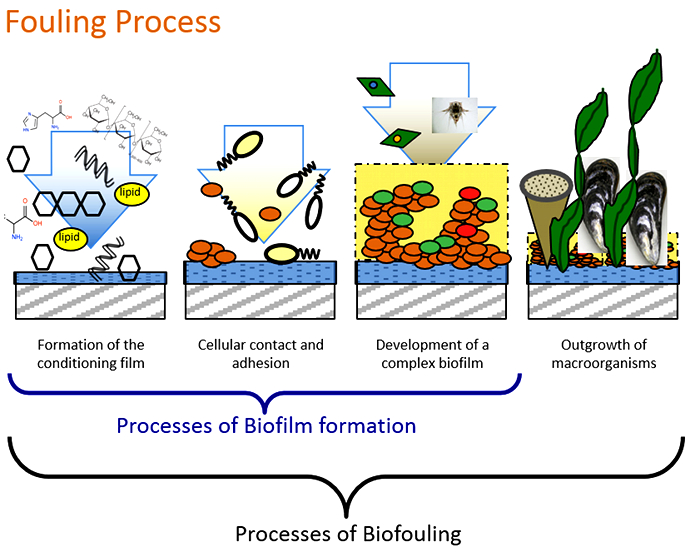What the shipping industry is trying to control, without poisoning the marine environment. Graphic by the Pacific Northwest National Laboratory.
Ship hues and ecosystems
by Pitamber Kaushik
Panama has the world’s largest shipping fleet. It is also an ecological bastion and a biodiversity hot spot. Its tropical waters are home to numerous endemic marine species — fish, mollusks and crustaceans which together comprise and sustain the rich yet delicate ecosystem. It’s thus crucial that the environmental and mercantile interests are fastidiously reconciled. In the era of globalization, an insidious threat lurks, ‘superficial’ yet unapparent.
You must have observed that the lower portions of boats and ships are colored a different tone.
This is classically red, but nowadays, its any color that you would like. The reason behind this custom can be traced back to the antiquity of sailing ships. Dating back to the days of wooden ships, this practice was meant to alleviate the frequent and resilient organic growth that wood hulls were susceptible to. They acted as ideal substrates for submarine life to latch onto, grow, proliferate and thrive, owing to their slow-plod and rough surface. Worms, barnacles and weed grow on the underside of hulls and deal a threefold damage: the obvious physical damage, the load rendering the ship heavier as well as the growth positing sizable drag further impeding it. Painting was thus devised as an antifouling measure to cope with this bloom. Antifouling measures antecedent to painting included overlaying with copper sheets, which acted as an impregnable physical barrier to prevent vermin from boring their way through the hull, while copper also posed a biochemical detriment to the growth of plant life.
This was rendered largely irrelevant with the advent of metal ships. However, it never went obsolete as we can still observe wooden-hulled ships in the leisure industry. In fact, the contemporarily prevalent anti-fouling measure is a cuprous-oxide-based paint, that still uses copper as a biocide. The color of this oxide is responsible for the predominance, and later convention of red hulls. The outer layer of the paint wears off over time continuously exposing the underlying fresh layers of biocides integrated with it.
The antifouling releases flaked-off paint bits and biocides into the sea, posing obvious environmental implications, given coppers proclivity to hinder microscopic life, and thus disbalancing marine ecosystems. Introduction of the synthetic polymer-based, and often toxic paint is no less troublesome. Out of this consideration, certain port-authorities and harbormasters do not permit scrub-cleaning of the hull on the dock, as it would release further paint and biocides into the adjoining coastal water rich in marine life.
Not using the paint exerts another sort of environmental footprint that imperils biodiversity. Imagine a liner cruising from the West Pacific to the Mediterranean. What if a certain species of seaweed endemic to the former latches on to the ship’s
hull and gets transmitted to the latter location? In some cases, as natural history has taught us, this weed will prove invasive and dominate, evict and vanquish the local weed. It might also subsequently jeopardize the existence of other native life-forms, beyond its species.
This is particularly true for organisms higher in the life cycle, say scavenging or predatory vermin, who’ll compete for food and resources with fellow consumers in the locale. This can, sporadically throw the entire ecosystem into chaos, as often, the new replacement link in the food web will have unequal terminals, i.e. the new species might have lesser predation upon it, while being a voracious and serendipitously successful consumer. Ballast-water transmission has been shown to result in similar consequences, as it carries a host of marine-life in its arbitrarily-sourced water. Invasive seaweed overtaking has actually been recurrently historically documented.
So both antifouling, and absence thereof, are potentially detrimental to marine ecosystems. What is the sustainable solution then? There’s a proposed avant-garde solution of using a semi-readily detaching jelly-based coating that serves as the substrate to the organic growth and then intermittently wears off the hull, taking the surmounting growth with it. Nano-coated self-adhesive films that repel dirt (by having nano-scale structural or chemical phobicity to it) are also increasingly prevalent antifouling implements. They are durable, easy to maintain and biologically non-intrusive, as well as economical compared to other cutting edge technology.

What is generally not taught in the schools is that among Christopher Columbus’s faults, he was a horrible seaman. Errors in his navigation and ship logs might be attributed to the crude tools of his time and his desire to conceal things and places he found from rival conquistadores. However, the Genoese navigator’s real downfall was his negligence at controlling ship fouling. In those days what was done, especially in tropical waters, was to careen a ship — pull it out of the water onto a beach — and scrape the barnacles, algae and other growth off of the hull, then inspect and if need be replace ship timbers damaged by the wildlife. As in, the Teredo navalis shipworms, a species of clams that tunnel into wood and make it weak, spongy and leaky. Colombus lost all of his ships to those when he visited Panama, and had to go limping back to the Spanish Empire in a cayuco. Even in those days, even in the Spanish culture that was challenged about things biological, that was hardcore neglect.
Contact us by email at fund4thepanamanews@gmail.com
These links are interactive — click on the boxes













